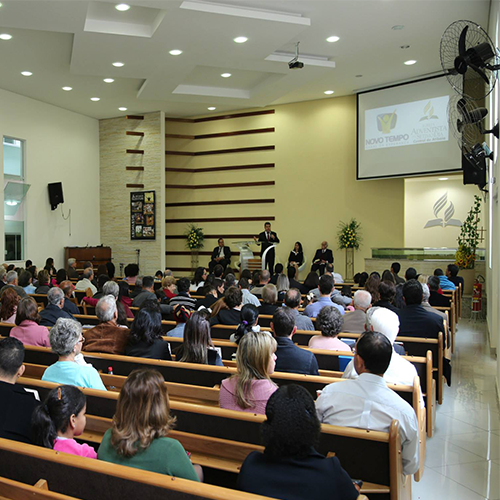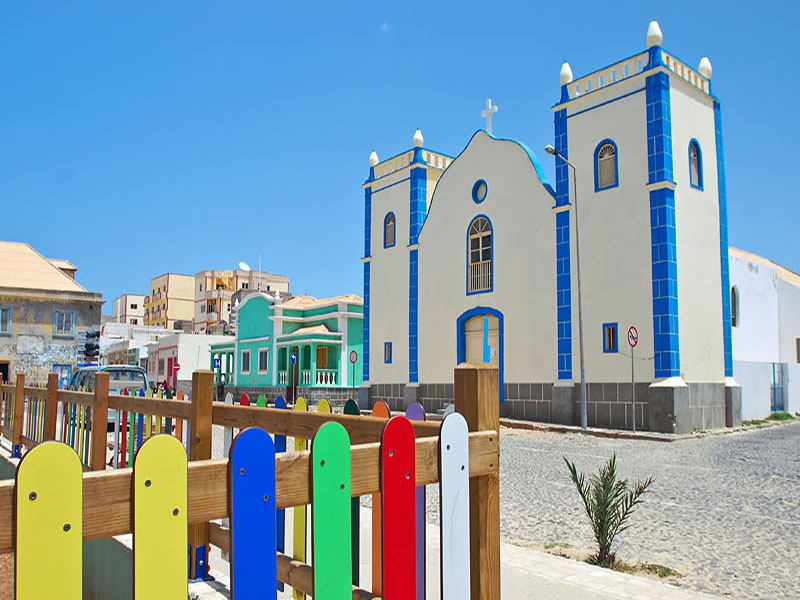When the islands that make up Cape Verde was discovered by the Portuguese in 1456, they were uninhabited, and from the village, the arrival of Catholicism to the place also began. A religious mission conferred by Popes Nicolau V, in 1455, and Callisto III, in 1456, granted Dom Afonso V of Portugal the possession of the newly discovered territories in Africa, granting to the Portuguese the monopoly of trade in the region, also those who to settle on the land, convert the infidels, found monasteries and other places of worship, and halt the advance of Muslims in the overseas territories, in a set of measures that became known as the Portuguese royal patronage.
The performance of the Catholic Church in Cape Verde was fundamental, not only in strictly religious and moral terms, but also in teaching and culture, given that missionaries and other priests and other religious were the best prepared and available to teach, since science letters, and even the arts. With the contacts established since the century. XIX with the United States of America, other Christian reformist churches, such as the Nazarene, the Seventh-day Adventists and others came to settle and developed progressively on the various islands.
More recently, churches especially from Brazil, the Greater Temple or others are implanted by the various islands of the archipelago. With the opening of borders to CEDEAO countries, the Muslim religion has also had a significant presence in Cape Verde.



